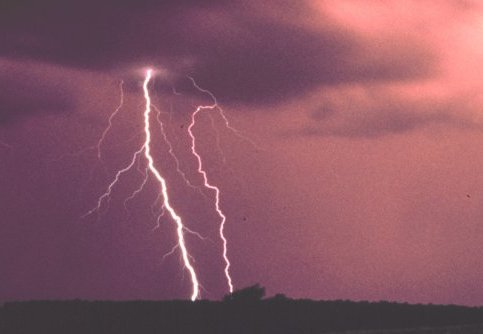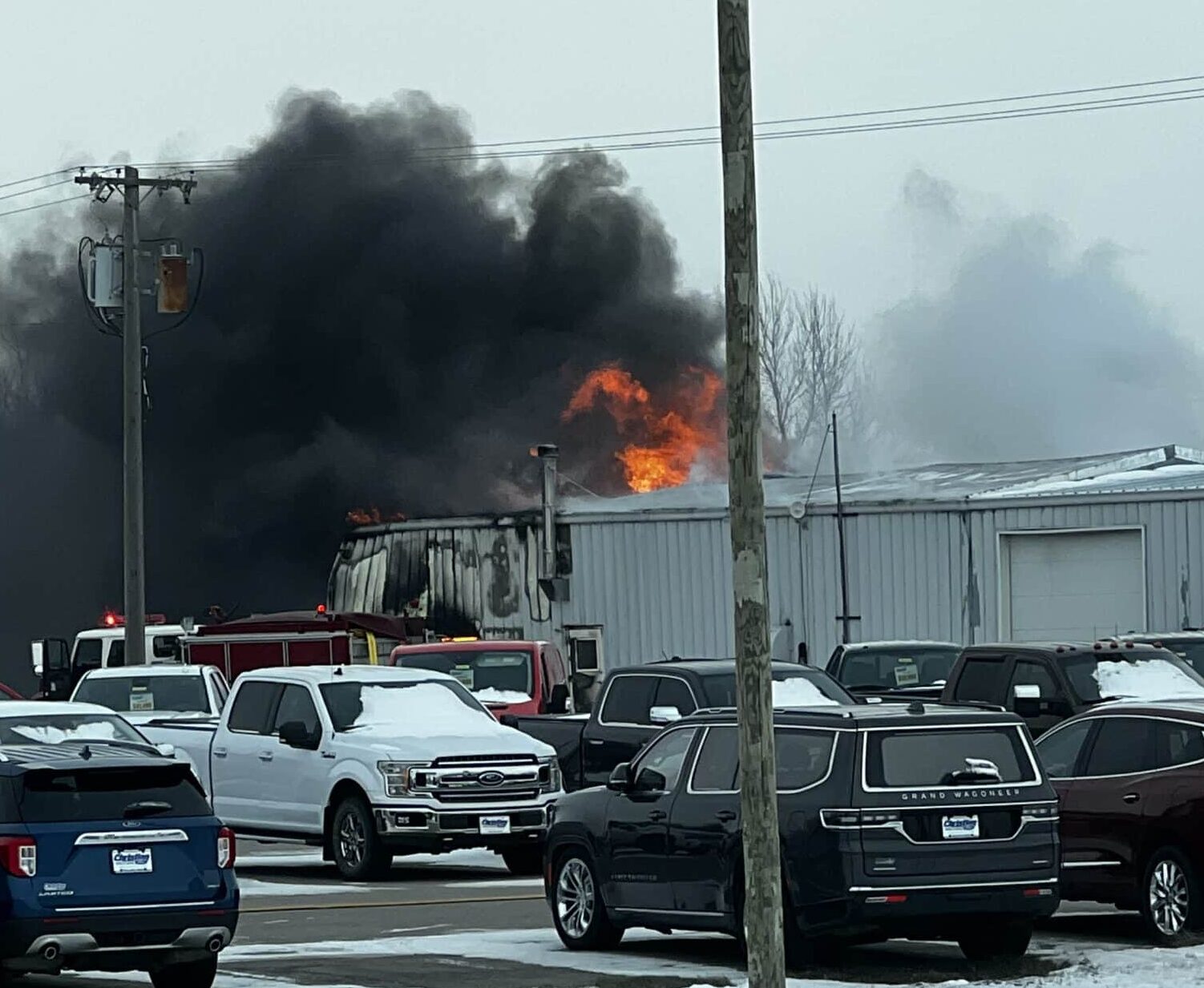The Tuesday topic for Severe Weather Awareness Week is Severe Weather, Thunderstorms, Lightning, and Hail with Crookston Firefighter Garett Bengston. Bengston gave a general overview of the facts and safety precautions regarding thunderstorms.
“Thunderstorms affect smaller areas compared to other storms,” said Bengston, “Typical thunderstorms are fifteen miles in diameter and last for thirty minutes, but whatever their size, all thunderstorms are dangerous. Thunderstorms produce straight-line winds that can exceed 100 miles per hour; for this reason, you should treat thunderstorms just as you would tornadoes.”
Those that find themselves in the path of a storm should find appropriate shelter. Hail is also a product of thunderstorms that cause nearly $1 billion in damages per year. Most hail is equated to pea size, but some can reach the size of baseballs or grapefruits.
Every thunderstorm produces lighting, and lighting is responsible for 43 deaths in America per year, with over 100 severely injured each year. Bengston explained some useful safety tips during a storm. “No place outside is safe when thunderstorms are in the area,” said Bengston, “If you hear thunder, lightning is close enough to strike you. When you hear thunder, immediately move to a safe shelter, a substantial building with electricity and plumbing, or any enclosed metal-topped vehicle with windows up.”
During a thunderstorm, everyone is advised to stay in the safe shelter for at least thirty minutes after they hear the final sound of thunder.
Tags:




